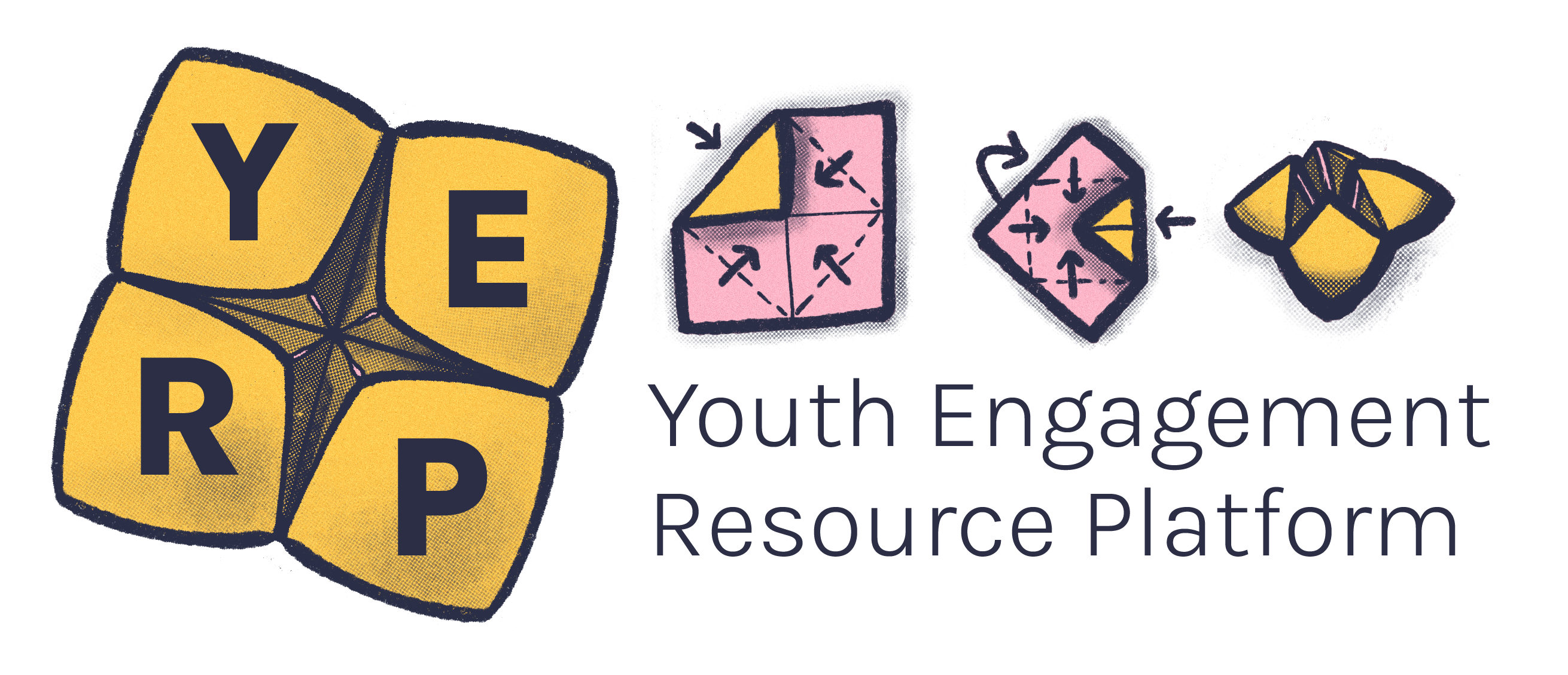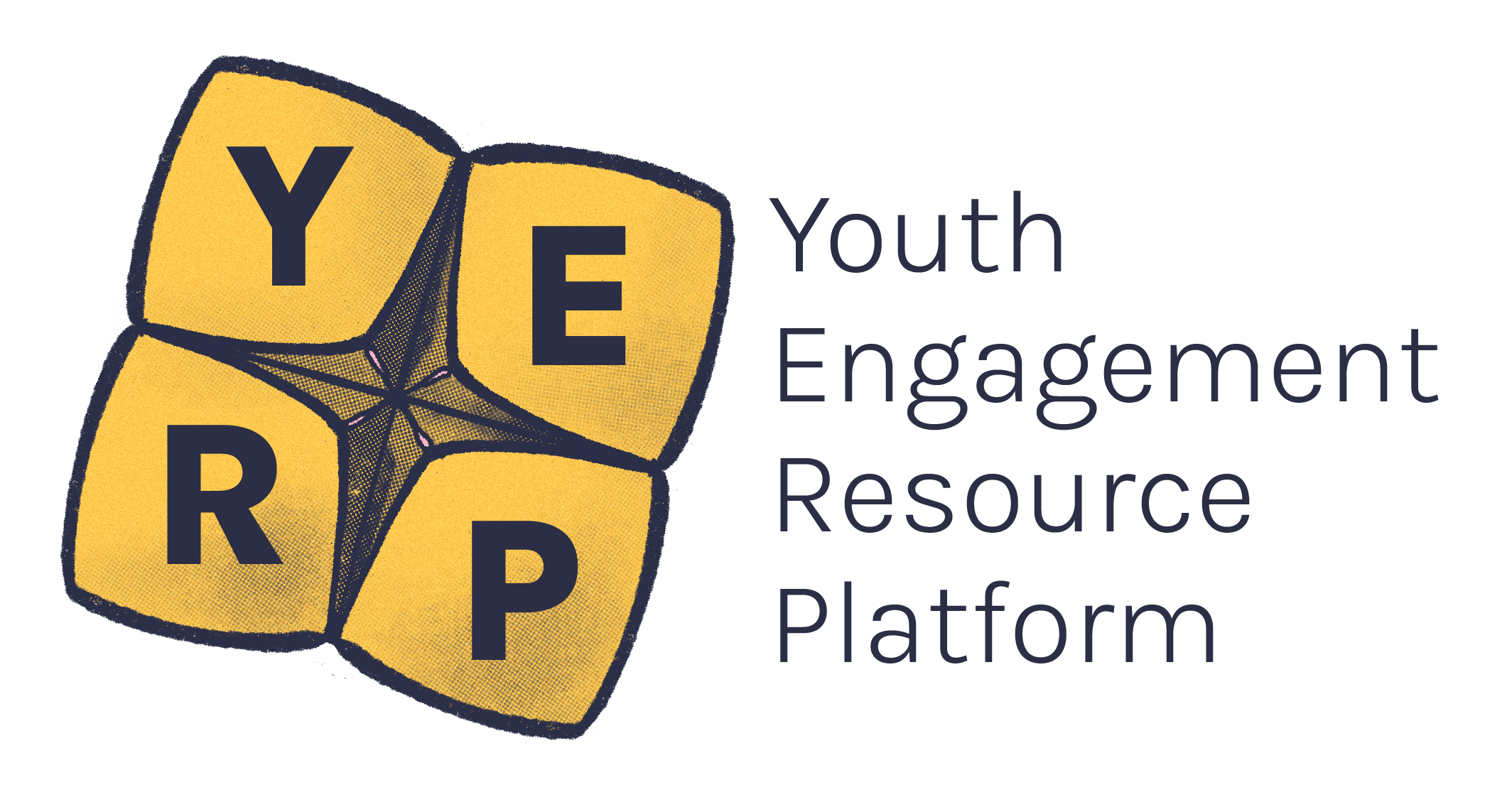OK, you’ve identified an issue or project that you’re interested in and now you want to do something to make a difference. Running an event involves planning clear goals, objectives and strategies – the why, what and how. You’ll want to think about your resources and create a timeline for action.
Before you start!
Work out the purpose of the event and the goals you are hoping to achieve.
Purpose: what’s the main reason for running this event?
- Having a one or two sentence objective will make sure that you stay focused and on track while planning.
- Think about how you would explain your event to other people.
- Consider why this is important to you.
- Consider who this event is for and what this will provide them.
Goals: what do you want to achieve by running this event?
- Try listing the top three goals you hope to achieve.
- Consider when you would like to see these achieved by and how you will track this.
- Make sure they are achievable and realistic in the timeframe you have.
Research: what do you need to know?
- Make sure you have enough knowledge about the topic you are running the event on. This will help you understand your target audience and create a space that is appropriate and comfortable for them.
This is when your purpose, research, and goals are translated into action! Consider the following:
Organise your team by assigning roles and determining team structure
- Will you need volunteers?
- How will you remunerate people?
- Who will be responsible for what?
- Do you have a contact sheet that includes everyone involved?
Budget
- Where will you get funding from?
- Do you need to apply for a grant?
- Do you have time fundraise money?
- Who’s in charge of managing the budget and payroll?
Partnership and sponsors
- Can you identify any orgs who have aligning values who you can contact for support or guidance?
Create a timeline and project plan
- It’s easiest to work backwards from the event start date.
- Think about key deadlines and what needs to be achieved and when.
Establish the event location
- How long in advance do you need to book the location (if necessary)?
- Do you need a council permit for this location?
Make sure you're running an accessible event.
- Is the location accessible and flexible for a range of access needs?
- Have you sent out an access needs form to attendees/those that have expressed interest prior?
- Have you allowed time to book an Auslan interpreter if required?
Establish a date and time
- Who is your target audience?
- When will they most likely be available? Consider if it is during school hours or during uni break.
Catering and refreshments
- Will you need to organise catering or refreshments?
- Have you asked registered attendees for any dietary requirements prior?
Advertising your event
- Who is your target audience?
- Do you need to advertise your event?
Create a runsheet and agenda for the day
- Have you sent out the agenda to the attendees a week prior? (This is more for formal events and meetings).
- Have you written a runsheet so that everyone knows what they’re doing on the day?
Create a checklist for the event day
- Have you communicated what needs to be done with your team?
- Does everyone have access to the checklist?
Write up an evaluation plan to measure the success of your event
- Did you achieve your initial goals?
- What evidence do you have to present outcomes?
- Have you provided attendees with an opportunity to give feedback? This will help you improve future events.
Tickets
- How will people purchase tickets, is it a free event?
- Are scholarships available?
Project management is a big part of planning for events and there are key documents that will help to keep things running smoothly.
We have given a brief overview of what the document will be used for and provided a template that you can download and use.
Project brief
The project brief gives an outline of key information of the project2. It includes2:
- Project overview
- Strategic alignment
- Project objectives
- Project beneficiaries
- Project outcomes
- Targets/Measures of success
- Project milestones
- Budget
- Evaluating/reporting
- Risks
- Project governance
- Internal stakeholders
- External stakeholders
Download a project brief template
Project status report
A project status report allows you to check in on the status of activities; if they’ve been completed, are in progress, or not started. You can also include a section for notes on the updates3.
You can use the status report to compare to the project plan and see how everything is tracking.
Download a project status report template
RACI
A RACI is used to ensure everyone is on the same page. It clarifies the roles and responsibilities for each task, who is accountable, who was consulted and who was informed. It’s a great way track who was present for decisions and therefore accountability of tasks4.
Project Schedular GANTT Chart
The GANTT chart shows the duration or tasks and timelines on a visual schedule1.
- Meardon, E. (n.d). What are Gantt charts? https://www.atlassian.com/agile/project-management/gantt-chart#
- Eby, K. (10 August 2022). A Guide to Project Briefs: What They Are and How to Write One. Smart Sheet. https://www.smartsheet.com/content/project-brief
- Project Manager. (n.d). Project Status Reports. https://www.projectmanager.com/guides/status-report
- Miranda, D., & Watts, R. (14 December 2022). What Is A RACI Chart? How This Project Management Tool Can Boost Your Productivity. https://www.forbes.com/advisor/business/raci-chart/





